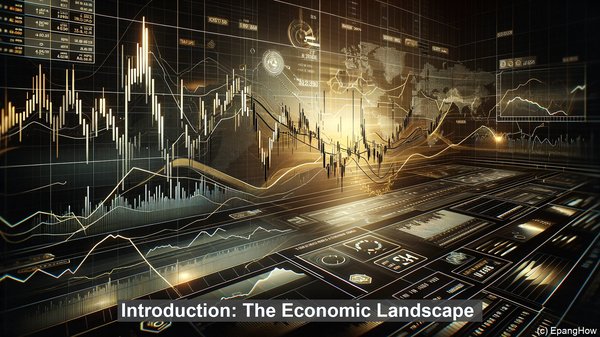Introduction: The Economic Landscape
Hello everyone! Welcome to our article on the free market economy and the mixed economy. When we talk about economic systems, we often encounter these two terms. But what do they really mean? Let’s find out!

Defining the Free Market Economy
A free market economy, also known as capitalism or laissez-faire, is a system where most economic decisions and resource allocations are determined by the interactions of individuals and businesses in the marketplace. Here, the government’s role is minimal, primarily limited to enforcing property rights and ensuring fair competition.
The Pillars of the Free Market Economy
The free market economy rests on a few fundamental principles. First, there is a strong emphasis on private ownership, where individuals and businesses have the right to control and use their property as they see fit. Second, market forces of supply and demand play a crucial role in determining prices and quantities. Lastly, competition is considered vital as it drives innovation, efficiency, and consumer choice.
Advantages of the Free Market Economy
One of the key advantages of a free market economy is its efficiency. Since resources are allocated based on demand and profitability, there is a natural incentive for businesses to produce goods and services that are in demand. This leads to a more efficient allocation of resources, as compared to a centrally planned system. Additionally, the free market economy often fosters innovation, as businesses compete to develop new and better products to attract customers.
Critiques of the Free Market Economy
However, the free market economy is not without its critics. One common concern is income inequality. Since the market rewards individuals based on their contributions and the value they create, it can lead to significant disparities in wealth. Another critique is the potential for market failures, such as monopolies or externalities, where the market may not efficiently allocate resources or account for social costs.

Understanding the Mixed Economy
In contrast to the free market economy, a mixed economy incorporates elements of both the market and government intervention. Here, while the majority of economic decisions are still made by individuals and businesses, the government plays a more active role in areas such as public goods, social welfare, and economic regulation.
The Spectrum of Mixed Economies
It’s important to note that the degree of government intervention can vary significantly in a mixed economy. At one end of the spectrum, you have countries with a more market-oriented approach, where the government’s role is limited to specific areas. On the other end, you have countries with a more planned or socialistic approach, where the government has a more significant influence on the economy.
Benefits of a Mixed Economy
One of the key benefits of a mixed economy is its ability to address market failures. For example, the government can step in to provide public goods like infrastructure or regulate industries to prevent monopolies. Additionally, a mixed economy often prioritizes social welfare, with the government providing safety nets and support for those in need.
Challenges in a Mixed Economy
However, a mixed economy is not without challenges. One common concern is the potential for inefficiencies due to bureaucratic processes or political considerations. Additionally, the question of where to draw the line between market and government intervention can be a complex one, with differing opinions on the optimal balance.
